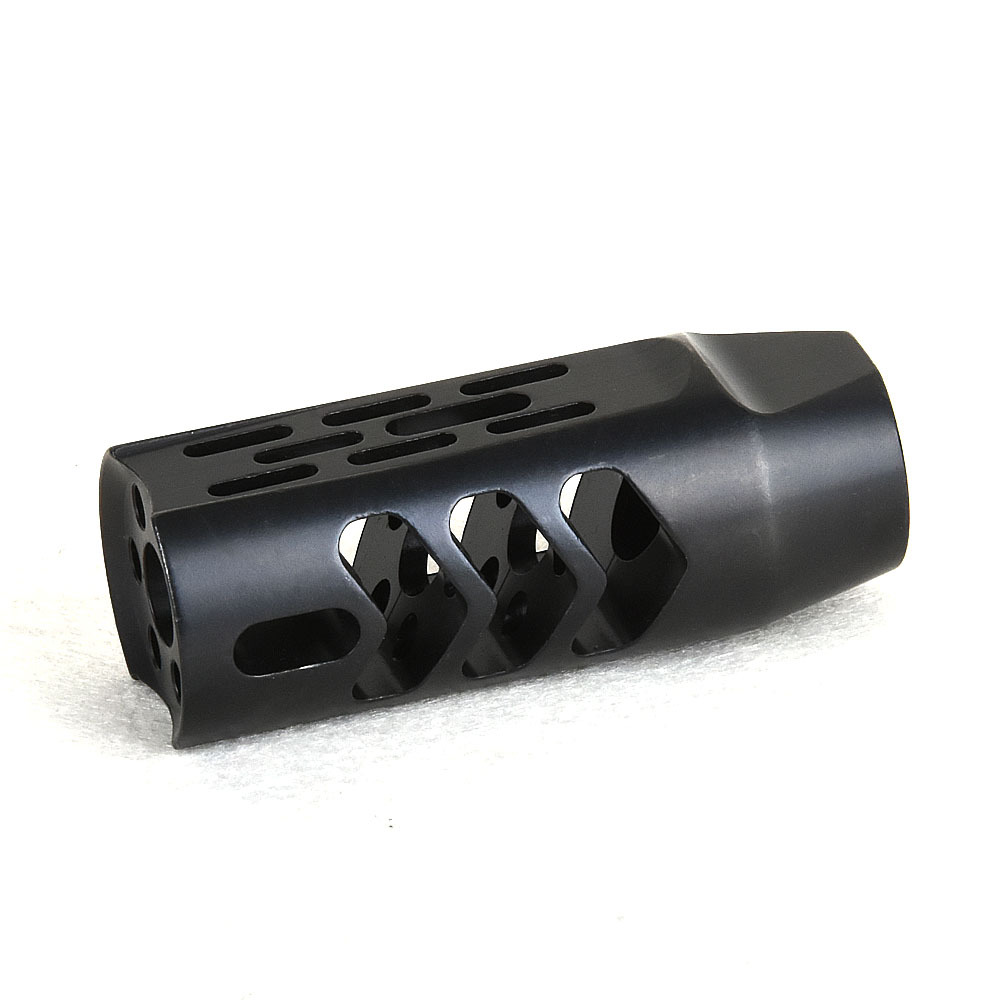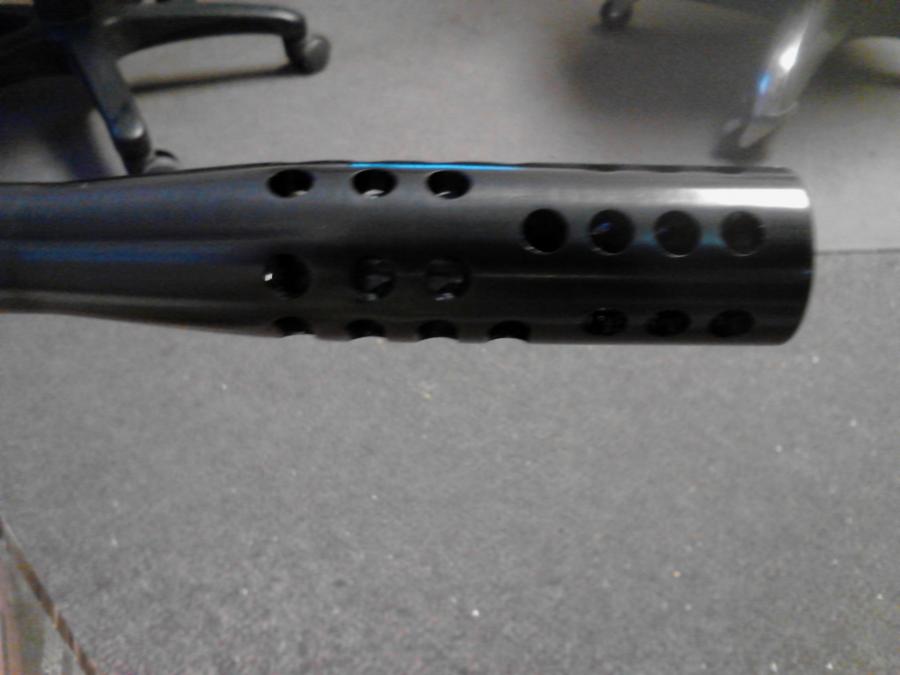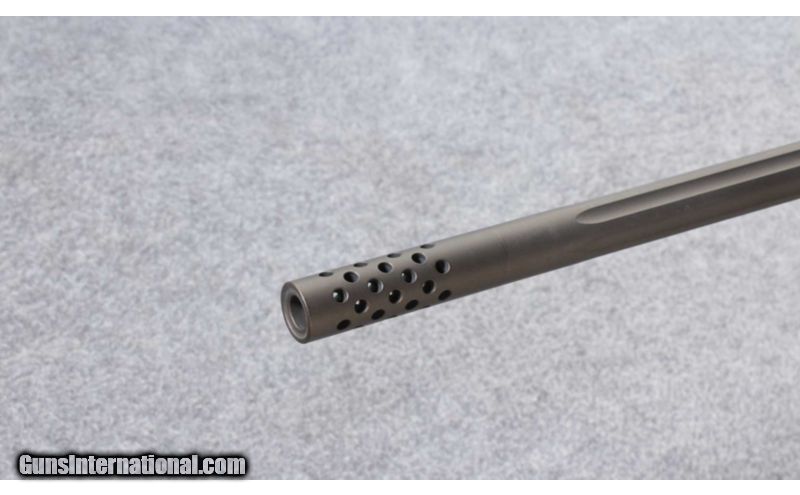
The blast of brake-equipped guns can be disorienting. Of course, that increased recoil reduction means those brakes are louder than the simpler, less effective designs like the VTR brake or Mag-na-porting.

Traditional muzzle brakes, such as Weatherby's Accubrake, KDF's Slimline Brake, and the Vais brake, reduce recoil by as much as 50 percent or more. Simple, slotted brakes like the one on Remington's VTR typically reduce recoil by roughly 15 to 20 percent.
MUZZLE BRAKE FOR 300 WIN MAG HUNTING SERIES
Such designs include the JP brake, which has large slots on each side the brake on the triangular-barreled Remington VTR, which has three slots atop the barrel and Mag-na-porting, which consists of a series of holes drilled near the muzzle at one o'clock and at 11 o'clock.Įvery muzzle brake I've ever tried reduced recoil significantly. The typical muzzle brake is a cylindrical tube with a series of holes drilled around it through which those gases pass, though some designs have slots or large ports on the sides or top only. Muzzle brakes reduce felt recoil by redirecting gas through holes cut in the top or sides of the brake instead of the front, where they would drive the rifle into your shoulder. Hopefully, your scope has enough eye relief to keep you two from becoming a little too well-acquainted. 30-caliber magnum at 3,200 fps, you can bet your baby's college money that Old Betsy is going to come back at you in a hurry. So, if you launch a 180-grain bullet out of your favorite. We all know that for every action, there is an equal and opposite reaction.

More encounters with muzzle brakes and the hunters who love them have caused me to take another look at those controversial recoil-reduction devices.

But muzzle brakes are increasingly popular among custom rifle shooters, as evidenced by the increase in the number of hunters showing up in my camps with them over the last few years. They're loud, they're obnoxious, and they look ridiculous hanging off the end of a rifle.


 0 kommentar(er)
0 kommentar(er)
